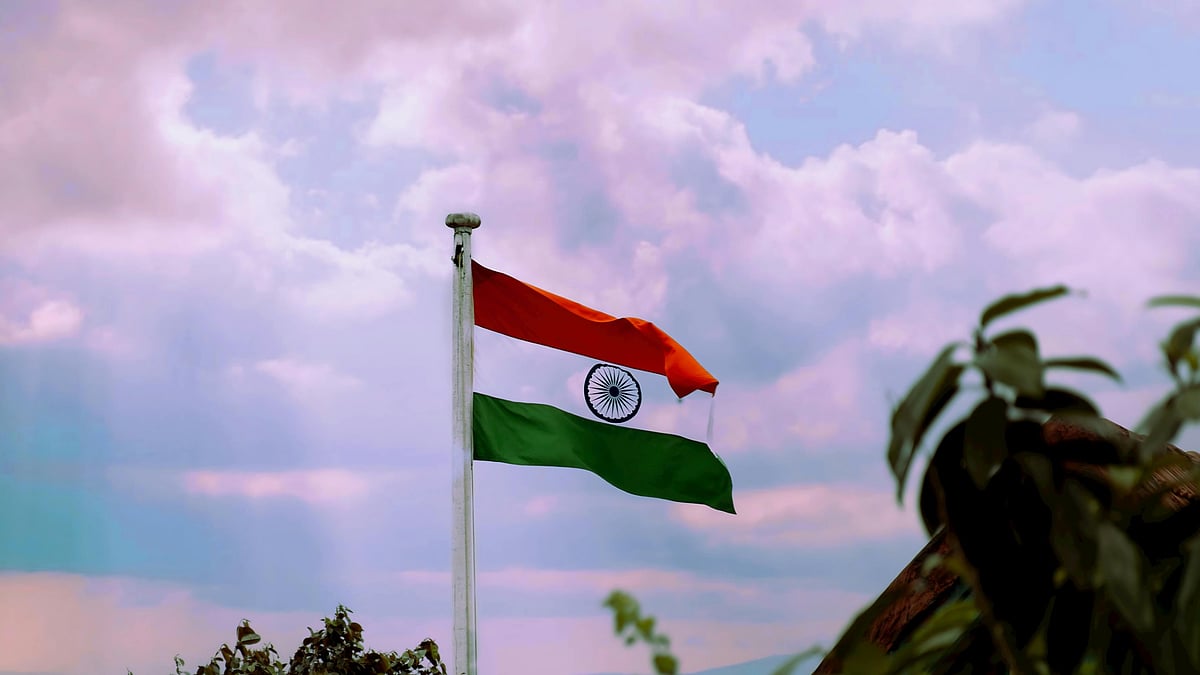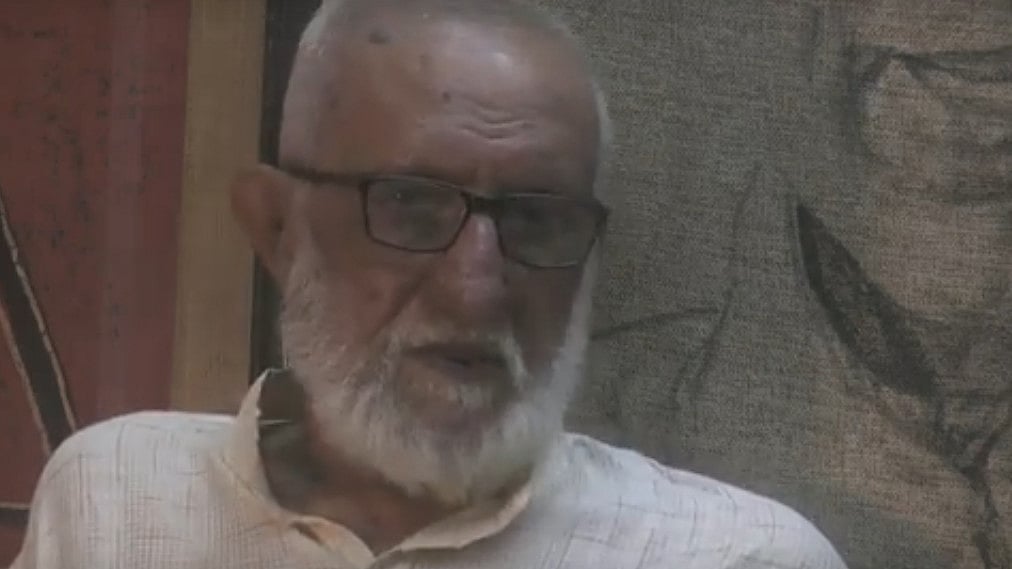The just-released fifth National Family Health Survey (NFHS), which reveals that India’s population is stabilising, robs the BJP of a potent poll issue. It can no longer raise the bogey of population explosion and target one community for it. Neither can it spread the canard that Hindus would be outnumbered by Muslims.
Prime Minister Modi himself harped on it on August 15, 2019, although he was careful not to name any community. “Population explosion will cause many problems for our future generations,’’ he said, going on to equate having small families with patriotism.
“There is a vigilant section of citizens which stops to think before bringing a child into the world, whether they can provide for him/her, they don’t leave it to fate or to the community. Those who follow the policy of small family also contribute to the development of the nation, it is also a form of patriotism.”
Politicians across the world manipulate voters with the fear of rapid population growth in a neighboring country/continent or in specific communities within the country. Former US President Donald Trump sold the fear that low American population would ultimately lead to a takeover by immigrants. Migration became the crucial issue of public debate on Brexit.
It is difficult to believe that our PM was misinformed. Indian women in the 1950s averaged six births each, the Total Fertility Rate (TFR) fell to 2.7 in 2015, then to 2.2 in 2015 and now it is down to 2. India’s TFR has dropped below what is deemed the replacement level. An average of less than 2.1 children per woman indicates that a generation is not producing enough children to replace itself. In other words, the survey shows that the country has taken the first step towards an outright reduction in population.
The PM was perhaps pandering to the prejudices of the Rashtriya Swayamsevak Sangh (RSS), a Hindu nationalist organisation that is the progenitor of the BJP. In July 2019, Rakesh Sinha, nominated Rajya Sabha member, who famously claimed on national TV that the Taj Mahal is a Hindu monument, tabled the Population Regulation Bill as a private member bill which prescribes penalties people for having more than two children.
Before this, Delhi BJP leader Ashwini Kumar Upadhyay had filed a public interest petition in the Delhi High Court demanding stringent legislation to control population. In 2015, then Gorakhpur MP Yogi Adityanath conducted an online poll asking if the Modi government should formulate a policy to control population. Since Independence, 35 such bills have been tabled by MPs from various parties, including 15 from the Congress, which paid dearly for `nasbandi’, its forced sterilisation programme during the Emergency.
Prompted by the PM’s utterances on population explosion, the BJP-led Assam government had immediately implemented the two child norm, barring those having more than two offspring from state government jobs. Eight states, including non-BJP ones such as Maharashtra and Rajasthan, have similar provisions which include debarring people from contesting elections to Panchayati Raj institutions. In August, Uttar Pradesh moved towards a two-child policy. Four states; Chhattisgarh, Himachal Pradesh, Madhya Pradesh and Haryana; have revoked the two child norm.
It is now dawning on us that development is the best contraceptive; providing women greater access to education, health and birth control measures has a bigger impact on reducing fertility than punitive measures. For instance, Maharashtra has a TFR of 1.7 and Kerala, Punjab and West Bengal have 1.6 TFR, while Bihar and Uttar Pradesh have 3 and 2.4 TFR respectively. Countrywide, women with no schooling have an average 3.1 children, compared to 1.7 children for women with 12 or more years of schooling.
Urbanisation is also an important reason for the decline. By 2030, as much as 41% Indians will be living in towns and cities. In the countryside, an additional family member is a helping hand but in cities raising a child is expensive. Also in cities, women have less social pressure to have more children. The survey shows the fertility rate at 1.6% in urban areas and 2.1% in rural India.
However, the bad news is that the prevalence of anaemia has risen across age groups. As many as 57% women aged 15-49 were anaemic in 2019-21, compared to 53% in 2015-16, while the same for men rose from 22.7% to 25%. The most formidable increase—8.5 percentage points—was observed for children aged 6-59 months (67.1%). No wonder, the average height of Indians is falling. According to the NFHS, men have grown shorter by 1.10 cm while women by 0.12 cm. What can one expect in a country where the health budget is a measly 1.1% of the GDP?
Coming back to Muslims and population, census figures don’t support the contention that they are baby breeders. According to Census 2011, the growth rate of the Muslim population witnessed a 5.3% drop compared to the previous decade whereas the growth rate of the Hindu population fell by 3.2% in the same period. The fact is that religion has little to do with fertility levels; Islamic Bangladesh has a TFR of 2.01. Even within India, the fertility rates among Muslims in Kerala is lower than the fertility rates among Hindus in Bihar.
The current moderate to slightly high fertility in a few categories of the population is because of lower education, higher infant mortality, preference for sons and lack of access to good quality family-planning services.
Another reason why Modi’s alarmism is surprising is that it comes at a time when even China has opted for an overhaul of its earlier one-child policy. In 2013, China relaxed its infamous one-child policy imposed in 1979. The policy resulted in undesirable consequences such as sex-selective abortions, depressed fertility levels, irreversible population ageing, labour shortages and economic slowdown.
Also, the BJP needs to praise Nehru this time; in 1951, India was the first developing country to start a family planning programme.
It’s time to stop playing politics over population and focus on the profound economic and social impacts of a slowing population growth. India has entered a demographic sweet spot that will continue for another three decades; half of India’s population is under 29 years of age. To encash this demographic dividend, we need to train and employ this mass of youngsters, not mess with their minds.The time for `Sabka saath, sabka vikas, sabka vishwas’ is now.
The writer is an independent journalist based in Mumbai. He has reported on civil society, law-enforcement, environment and urban development with a pronounced anti-establishment stance for more than three decades and has been associated with national publications such as The Times of India, The Indian Post and the Free Press Journal. He tweets @anilsingh703.










